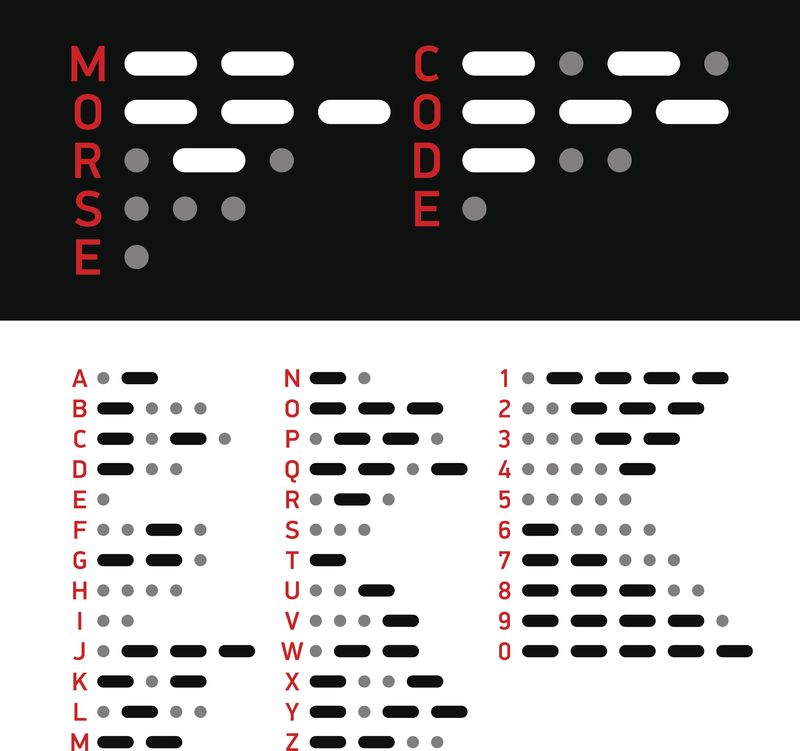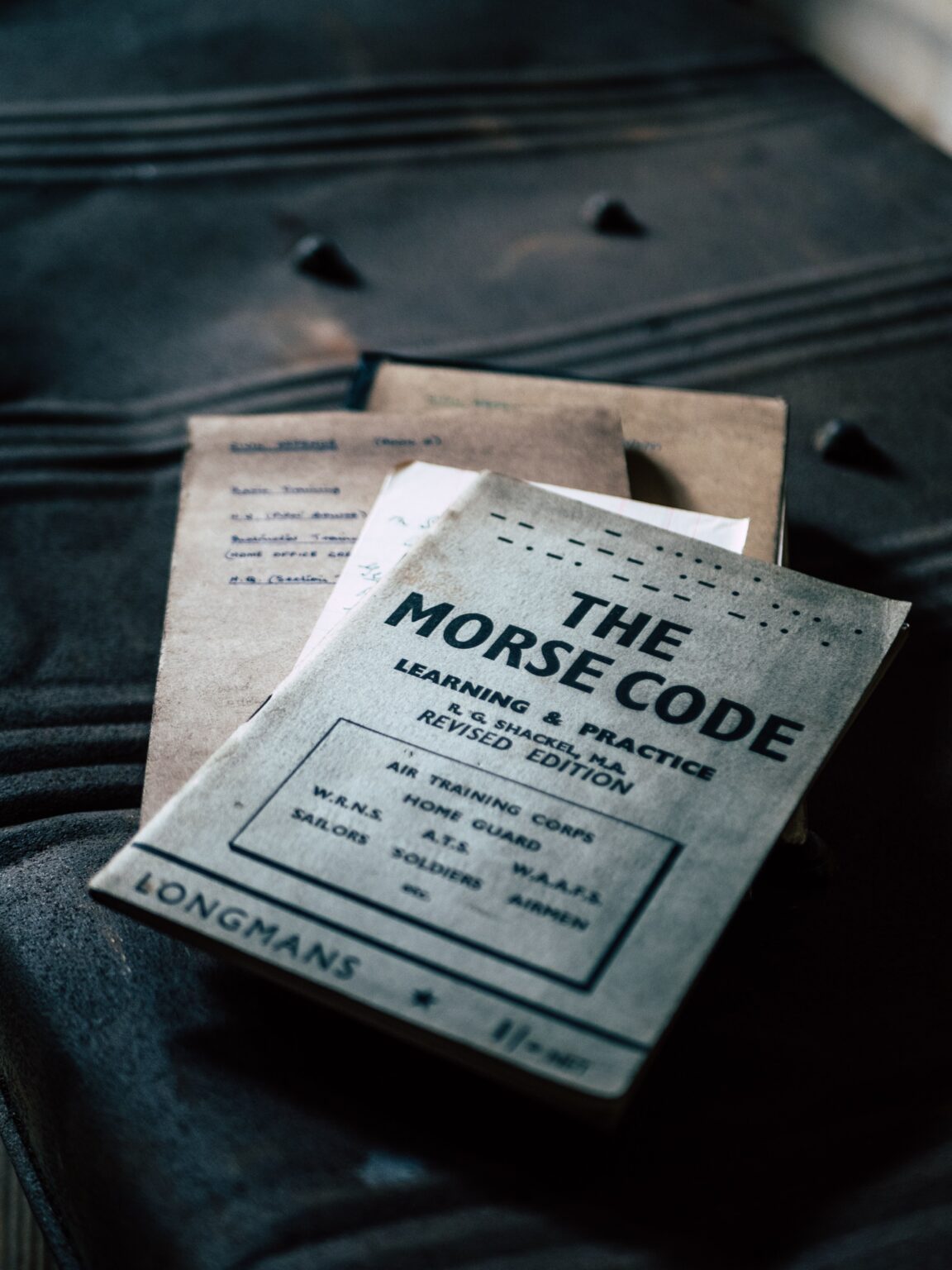Long, long before we even conceived of the possibility of the cellphone, humans were trying to communicate over distances. In 400BC, we did this using fire and drumbeats. By 200BC, we had figured out complex flag systems, which then extended to using lights or gunshots as well. However, none of these is considered to be a telegraph system as the distances covered were too short and the messages couldn’t be recorded – the definition American painter and inventor Samuel Morse devised.
Electrical telegraphy
Based on this definition, Morse determined that the first true telegraphy system came about in the 1830s only when a diplomat named Baron Pavel Schilling created a transmitting device that used a binary system. Unfortunately, he died before a telegraph could be set up in Russia.
The first commercial telegraph was established in 1837 by two British inventors, Sir William Fothergill Cooke and Sir Charles Wheatstone, who struggled to open it to the public. Up until this point, most of the electrical systems required multiple wires – until Morse and Alfred Vail created a single-wire system in the 1840s.
The development of American Morse code
The early Morse system relied on indentations being made on a paper tape that moved mechanically when electric currents were received. Morse code was subsequently created to interpret the combination of electrical pulses and silences. Originally, it consisted only of numerals, which aligned with specific words. However, in 1840, Vail expanded the code to include letters and special characters and named the shorter marks ‘dots’ and the longer marks ‘dashes’. The letters used most commonly were assigned the shorter combinations of the two. This became known as Morse landline code or American Morse code.
The development of international Morse code
Later in the 1840s, a German writer, journalist and musician by the name of Friedrich Clemens Gerke refined the American Morse code and added codes for some German-specific sounds. The German-Austrian Telegraph Society adopted his code (called the Hamburg alphabet) in 1851, and in 1865, this was adapted to become the international Morse code we know today. Morse code has been in use for longer than any other electrical coding system. It is still used in aviation, amateur (or non-commercial) radio, radio navigation and as an assistive technology for people with disabilities. Of course, you can also use it to send an SOS in case of an emergency.
Fun fact: Morse code was sometimes known as ‘iddy-umpty’ and a dash as ‘umpty’, leading to the word ‘umpteen’!
Spell your name in Morse code
Use the image below to learn to spell your name in Morse code!

Header photo by Chris Curry on Unsplash



